Search
Search Results

Article
Herodotus on Lydia
Herodotus’ narrative on Lydia takes up almost one half of Book I of his Histories and the section dealing with King Croesus is among the best-known and often anthologized. The last section, in which he discusses Lydian women as prostitutes...

Article
The Trial & Martyrdom of Michael Sattler
Michael Sattler (l. 1490-1527) was a Roman Catholic monk who converted to the Anabaptist movement c. 1525 and contributed significantly to their Schleitheim Confession of faith. He is best known, however, for his trial and martyrdom in 1527...
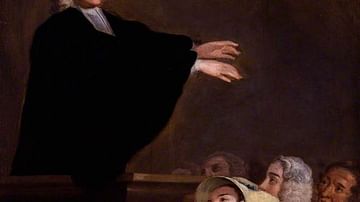
Article
Religion & Superstition in Colonial America
Religion and superstition went hand in hand in Colonial America, and one’s belief in the first confirmed the validity of the second. The colonists' worldview was completely informed by religion and so everything that happened - good or bad...
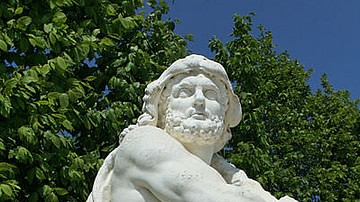
Article
The Shield of Heracles: The Complete Poem
The Shield of Heracles (also known as The Shield of Herakles and, in the original, Aspis Herakleous) is a poem of 480 hexameter lines written by an unknown Greek poet in the style of Hesiod (lived 8th century BCE). It deals with the Greek...

Article
The Bear Man
The Bear Man is a Pawnee legend exemplifying the Native American understanding of the natural world and serving as an origin tale for the Bear Dance, which was performed to awaken the bears in spring from their winter hibernation and also...
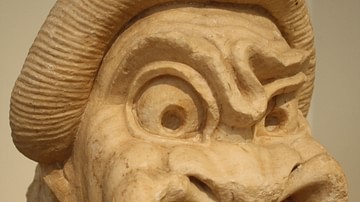
Article
The Plays of Cratinus
Cratinus was a highly successful writer of Attic Old Comedy, but the very fragmentary nature of his surviving plays means that he is not as well remembered as Aristophanes (eleven of whose plays come down to us intact). Despite this, it is...

Article
The Contest between Odin & Thor
The poem called The Lay of Greybeard (Old Norse: Hárbarðsljóð) is one story from Norse mythology that relates an intriguing verbal fight between two of its essential gods, Thor and Odin. The poem consists of 60 stanzas and is found complete...
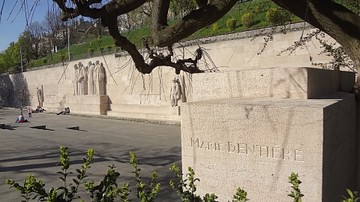
Article
Marie Dentière's A Very Useful Epistle
A Very Useful Epistle (Epistre tres utile, 1539) is an open letter by the female reformer Marie Dentière (l. c. 1495-1561) to Marguerite of Navarre (l. 1492-1549) advocating for a greater role for women in the work of the Protestant Reformation...
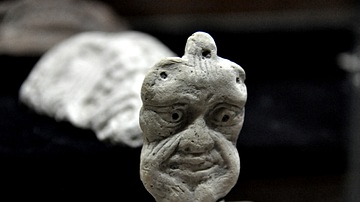
Article
Dialogue of Pessimism
The Dialogue of Pessimism (c. 1000 BCE) is a Babylonian poem featuring a master and his slave in ten exchanges during which the master proposes an action, and the slave gives reasons for and against its pursuit. The piece has been interpreted...

Article
Coyote Tales of the Shasta Nation
The Coyote tales come from the Shasta people who originally inhabited the regions of modern-day northern California and southern Oregon. Coyote is a popular trickster figure among many Native peoples of North America, including the Shasta...